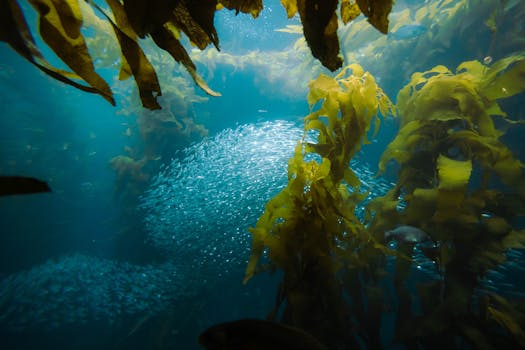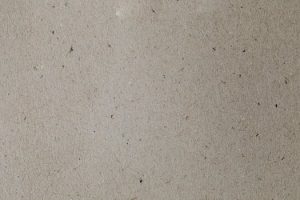Biofabrication Breakthroughs: Growing Materials from Algae and Kelp
In recent years, the concept of using sustainable materials for various products has gained significant attention. One particular area of innovation that has emerged is biofabrication, a process of growing materials through biological processes. Among the many unique and renewable resources being explored for biofabrication, algae and kelp have shown immense potential. These oceanic organisms are known for their incredible ability to grow abundantly and rapidly, making them an ideal candidate for sustainable production. In this article, we will delve into the latest biofabrication breakthroughs in using algae and kelp as a source for growing materials.
The Rise of Biofabrication
Biofabrication has provided endless opportunities for the production of materials that are not only eco-friendly but also have a multitude of potential applications. The process of biofabrication involves the use of biological systems, such as living cells, to produce or modify materials. This allows for the creation of materials using sustainable methods without the need for synthetic materials or harmful chemicals. With the growing concern for the impact of traditional manufacturing processes on the environment, biofabrication has emerged as a promising alternative for the production of a wide range of materials.
The Versatility of Algae and Kelp
Algae and kelp are two types of aquatic plants that have been used in various industries for decades. However, with the rise of biofabrication, these organisms have become a sought-after resource for the production of sustainable materials. Algae and kelp have a high protein and carbohydrate content, making them ideal for use as a material source. They are also known to grow rapidly, requiring minimal resources, making them a highly sustainable option.
Algae as a Source for Biofabrication
Algae are a diverse group of organisms that range from single-celled microalgae to complex seaweeds. They have been used in the production of food, medicine, and fuel. However, recent advancements in biofabrication have led to the exploration of algae as a source for growing materials. One such example is the use of algae in 3D printing. Researchers have successfully used algae to produce biodegradable and customizable materials for various applications, such as packaging, footwear, and even prosthetics.
Kelp for Sustainable Material Production
Kelp, also known as seaweed, is a type of brown algae that is commonly found in coastal areas. It is known for its rapid growth and its ability to absorb large amounts of carbon dioxide and nitrogen, making it a highly sustainable resource for biofabrication. Kelp has been used in the production of biodegradable materials, such as bio-plastic, which has the potential to replace traditional plastic made from oil-based products. It has also been explored as a source for producing textiles, with companies experimenting with kelp-based fabrics that are both sustainable and durable.
The Future of Biofabrication with Algae and Kelp
The advancements made in biofabrication using algae and kelp have opened up a whole new world of possibilities for sustainable material production. As technology continues to evolve and research in this field expands, we can expect to see even more breakthroughs in the use of these oceanic organisms as a source for growing materials. The versatility of algae and kelp, combined with their sustainable nature, makes them a promising resource for addressing environmental concerns and revolutionizing the production of materials.
In Conclusion
Biofabrication using algae and kelp has demonstrated immense potential in the production of sustainable materials. The use of these organisms not only provides a renewable and eco-friendly alternative to traditional manufacturing processes but also has the potential to reduce our dependence on non-renewable resources. As more research is conducted and technology continues to advance, it is safe to say that we can expect to see even more innovative uses of algae and kelp in the world of biofabrication.







